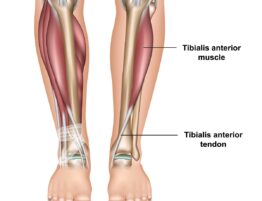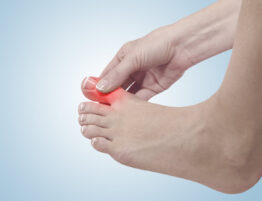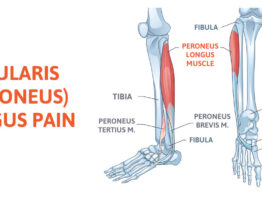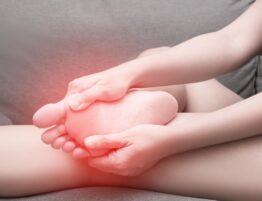

My oldest son has been dealing with heel pain for the last month. He is a very active 9-year-old with soccer, basketball, baseball and running. Currently, he is playing soccer this fall. He is a classic example of a young boy or girl from 8-14 years old who commonly suffer from Sever’s Disease. I know the name sounds terrible and is misleading, but Sever’s Disease is simply the name for a heel injury.
Children have growth plates in the heel bone (calcaneous) that allow the bone to grow in length. Around the ages of 13 to 15 that growth plate closes, but until then can become irritated by repetitive injury or a sudden growth spurt. The Achilles tendon is the strongest tendon in the body and attaches to the back of the heel. If a child has a sudden growth spurt it takes time for the tendon to lengthen and can put increase pull on the back of the heel. That increase pull can irritate the growth plate in the back of the heel and cause pain. In my son’s case, he grew about an inch over a two-month period this summer and subsequently started complaining of heel pain.
If this sounds familiar for your child and you are wondering if they have Sever’s Disease, here are some symptoms to look for:
- Pain in the back of the heel along the heel bone and Achilles tendon
- Pain that worsens with squeezing of the heel bone
- Pain is usually worse after sporting events and gets better with rest and ice
- There is typically no bruising and there may be mild swelling to the area
Treatment:
The good news is that this condition doesn’t cause any long term damage and is self-limiting. It will typically go away with rest and ice. The problem is, most children do not want to rest and stop doing what they love. Some tips to help reduce the symptoms and pain include:
- Calf stretching especially after sports
- Non-steroidal anti-inflammatory drugs (NSAIDS) like Ibuprofen
- Ice at the end of the day and after sporting events
- Orthotics to help control heel motion and wear supportive shoes
I have found orthotics to help immensely with children’s symptoms and keep them doing the things they love. If symptoms fail to resolve or worsen, then immobilization with a cast or removable cast boot to really rest the area is the definitive treatment. Once symptoms resolve, then gradual return to full activity with continued stretching is essential. If your child is suffering from heel pain too, come see us at Anderson Podiatry Center and we can tailor treatment according to his or her activity level.









Write a comment: